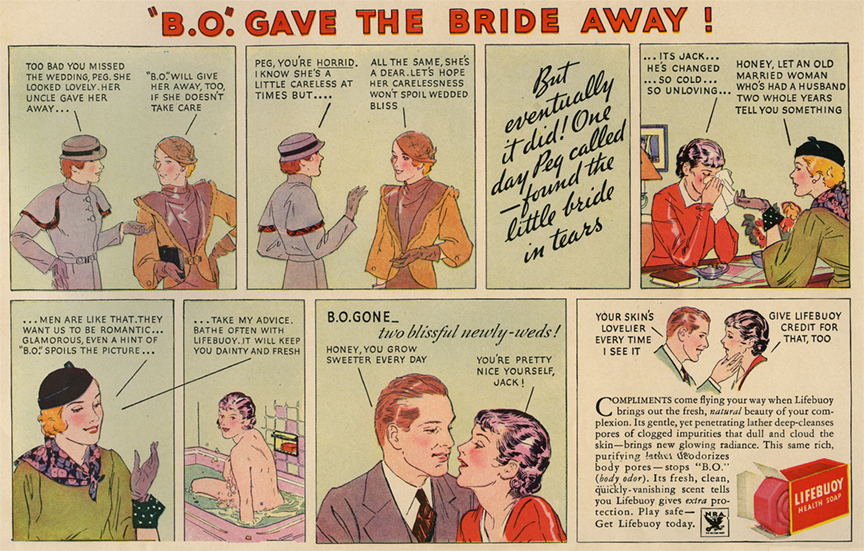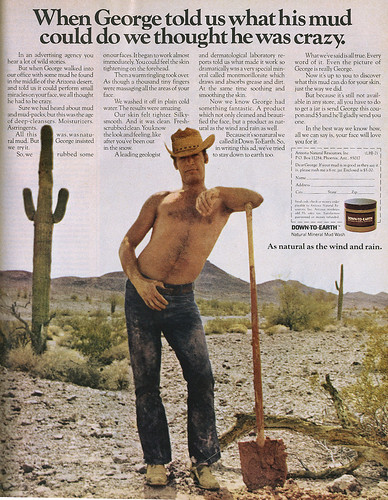Would you like to put a Mercury in your driveway? If so, it'll have to be a used car. So if we're talking used how about a 1954 Mercury?
I would certainly love to drive one of these in order to experience their new suspension technology. The big old boats were cushy and comfortable. Steering sucked, but the better brands took bumps nicely.
So with the "same ball-joint principle used in your shoulder" were there ever any rotator cuff problems? I know, I know…bad one.

Click on image to see it larger.
Mercury was an automobile marque of the Ford Motor Company launched in 1938 by Edsel Ford, son of Henry Ford, to market entry-level luxury cars slotted between Ford-branded regular models and Lincoln-branded luxury vehicles, similar to General Motors' Buick (and former Oldsmobile) brand, and Chrysler Motors' Chrysler division. From 1945 to 2011, it was the Mercury half of the Lincoln - Mercury division of Ford (the Edsel brand was included in that division for the 1958-1960 model years). Using badge engineering, the majority of Mercury models were based on Ford platforms.
On June 2, 2010, Ford announced the closure of the Mercury line by the end of the year. In terms of sales, Mercury represented only 1 percent of North America's automobile market compared to the 16 percent share of Ford. Ford Motor Company has stated that additional Lincoln models will be introduced to help replace any shortfall from the discontinued Mercury brand. At the time of the announcement of Mercury's closure, Mercury was selling fewer than 95,000 units a year, which is less than both Plymouth and Oldsmobile right before they were phased out. The Mercury Mountaineer was discontinued in the 2010 model year, with the remaining Mercurys following suit after an abbreviated 2011 model year. Mercury's U.S. sales in 2010, its final full year, were 93,195. After the Mercury brand was discontinued in 2011, Ford stripped all Mercury branding from its Lincoln-Mercury dealers. (SOURCE: Wikipedia)


















